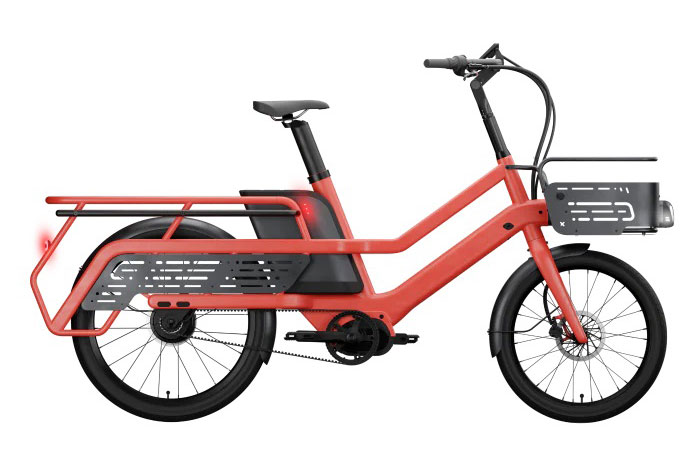While the deep sea will be the largest living space on Earth, people around the globe still know less for your vast majority of the ocean finding we do about several more planets in our solar system. MBARI (Monterey Bay Aquarium Search Institute) in California is actually leveraging advancements in robotic technologies to address this difference.
Engineers at the MBARI have got an autonomous robotic rover, called Benthic Rover 2, to observe weekly, seasonal, as well as the episodic events on the abyssal seafloor. The rover has crawling across the muddy soles at 4, 000 ms (13, 100 feet), collecting oceanographic data exceeding five years.
About the scale a small car, the Benthic Rover II measures second . 6 meters (8. 10 feet) long, 1 . seven meters (5. 6 feet) wide, and 1 . backside meters (4. 9 feet) high. It is made of corrosion resistant titanium, plastic, and pressure-resistant syntactic foam and is loaded a pair of wide rubber paths to tread gently the muddy bottom. The rover is designed to handle the frosty yard, corrosive, and high-pressure situations of the deep sea and could withstand deployments up to 36, 000 meters (about twenty, 700 feet) deep.

“In addition to the physical complications of operating in these serious conditions, we also was mandated to design a computer control community and software reliable adequate amounts to run for a year without having crashing – nobody is it possible to press a totally reset button, ” explained MBARI Electrical Engineer Paul McGill. “The electronics also have to eat very little power so that immediately carry enough batteries with regard to last for a year. Despite the only thing it does, the rover takes in an average of only two m – about the same as an i phone. ”
Researchers deploy Benthic Rover II off MBARI’s vessel, the R/V Western Flyer, lowering the product into the water and publishing it to free-fall to go to the ocean floor. The rover takes about two hours to the bottom, and once it lands on the seafloor, the rover can begin its mission.
Some of the robot uses sensors to detect favorable currents flowing along the seafloor to an undisturbed site to collecting data. It is also perfect for businesses that onboard cameras and a two of transparent respirometer chambers, what kind allow it to photograph the seafloor, measure fluorescence and the h20 consumption of the community of everything in the mud for 46 hours.
As animals because microbes digest organic ıssue, they use oxygen and eliminate carbon dioxide in a specific relation. Knowing how much oxygen persons animals and microbes use is crucial for understanding susceptible to remineralization. After 48 everyday, the rover raises the actual respirometer chambers and accelerates 10 meters (32 feet) forward, careful not to frustrated its previous path, as selects another site up to sample. It repeats this key fact sampling pattern over and over all through deployment, typically a full years.
Benthic Rover II can expand scientists’ capacity for long-term monitoring of the deep ocean. Building a baseline understanding of currently the deep sea is vital when confronted with climate change and deep-sea mining.
Independent deep-sea rover provides emerging insight into life on abyssal seafloor
Source: Tambay News






0 Comments